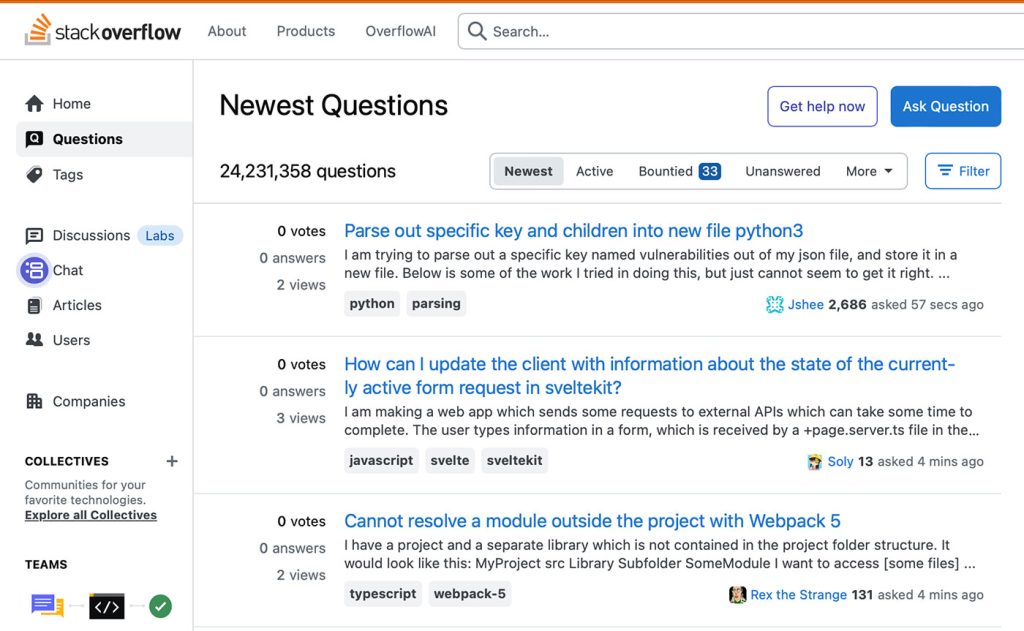The microblogging platform that revolutionized how the world communicates and markets with 140-character snippets just turned 10.
It’s hard to believe that such an omnipresent service is just a decade old. Of course, the company has also been plagued by operational problems, and it still isn’t profitable. But Twitter’s lasting legacy is building a must-use platform that everyone—from designers, to marketers, to politicians, to celebrities—frequents.
Here’s a look at key moments in the company’s young history.
The very first tweet
Current CEO Jack Dorsey—who is in the middle of trying to raise the fortunes of a troubled company subjected to stagnant user growth and limitations that other social networks like Facebook and Instagram don’t have—unsurprisingly sent out the first tweet on March 21, 2006. Back then, Twitter was known simply as “twittr.”
just setting up my twttr
— Jack (@jack) March 21, 2006
Unbeknownst to him at the time, Dorsey’s first tweet would launch what would become one of the most popular social networks and websites in the entire world. In spite of the 140-character limit, people from all walks of life have found new ways to use brevity when communicating stream-of-consciousness thoughts to the world.
Logo changes
One of Twitter’s most iconic aspects it its simple logo: the blue Twitter bird. However, the way it appears today isn’t how it originally was conceived and presented to users. Today’s current logo is really only the latest in a slew of design iterations.
At first, the bird was blue with a light-blue underbelly and a white spot where its eye should be. Then, the company made a radical design change by turning the logo into a cartoonish bird, complete with an eyebrow and feet. Deciding that was perhaps too silly, Twitter removed the feet in the next iteration, but made the bird almost aquamarine in color. The next iteration saw the bird lose its eye, go back to a darker blue color, and receive a new wing shape. Today’s version is the most minimal yet: the bird is simply a blue silhouette with no eye, feet or even a tuft of hair.
Twitter goes public
Perhaps nothing is more indicative of success for a young tech company than going public on the NYSE, which Twitter did on November 7, 2013. At the time the most hyped tech IPO since Facebook, the company’s stock has since floundered and is currently well below its IPO price of $26 a share—all without ever having stock-split.
Time will tell if Dorsey is able to turn around the struggling social network that hasn’t fared as well as Facebook.
Homepage design changes
As with all tech companies, Twitter’s homepage has undergone many design changes over the years. It’s interesting to see what the homepage looks like today, with its clean and white-space dominated center column and card-based design, and compare it to previous years.
In 2007, the homepage had an aquamarine border and a lengthier service description. By 2008, the company decided to switch over to landscape orientation and eliminate random user feed updates altogether. From 2009 to 2011, it continued to minimize its interface, highlighting the sign-in form more.
The future?
What does the next decade hold for Twitter? Chances are that it won’t go the way of MySpace even though it struggles to find its identity in a market dominated by social sites that allow friend-and-family updates galore. Too many people are simply hooked on the microblogging platform, and both companies and celebrities enjoy using the site as a way to break news.
Featured image, party image via Shutterstock.






